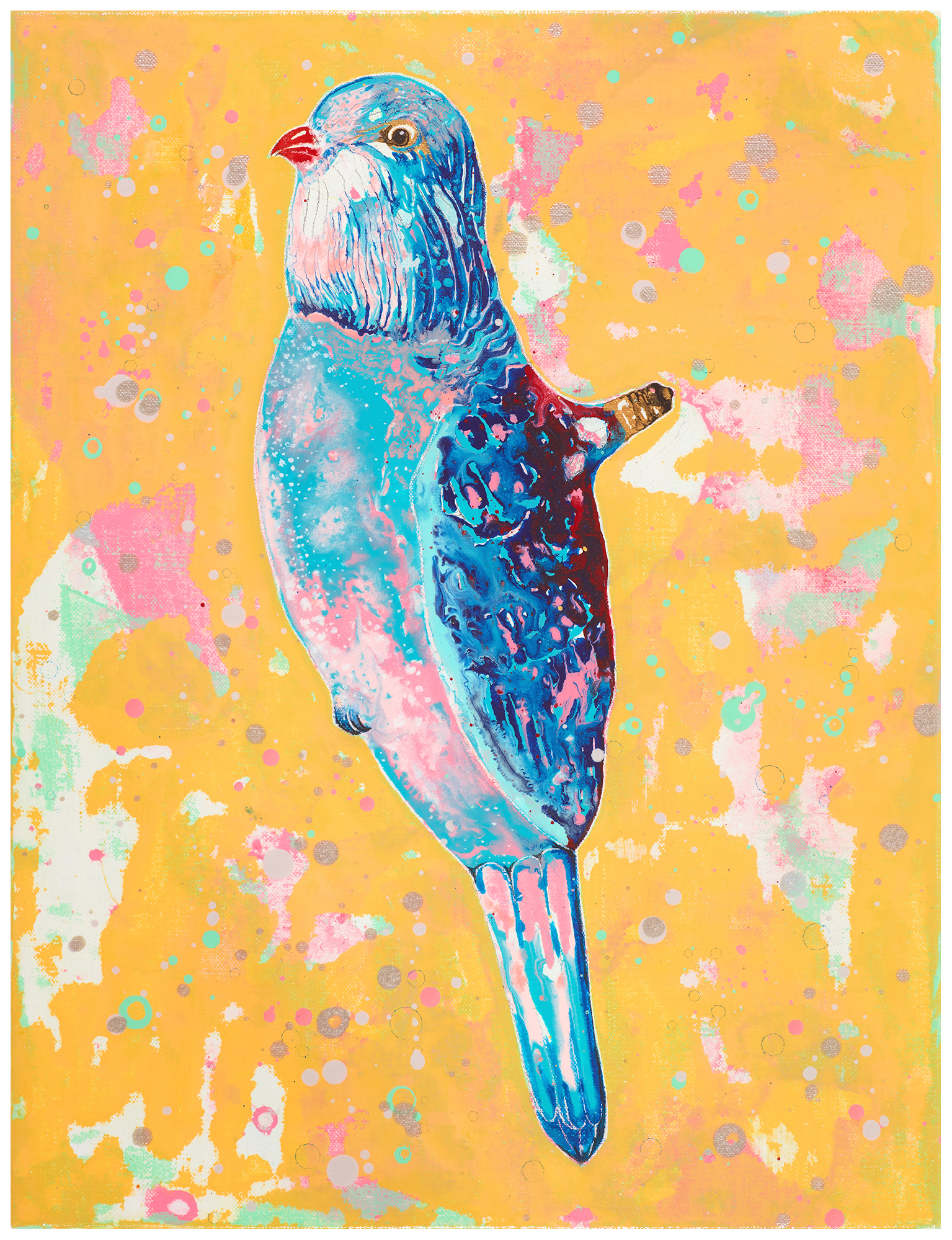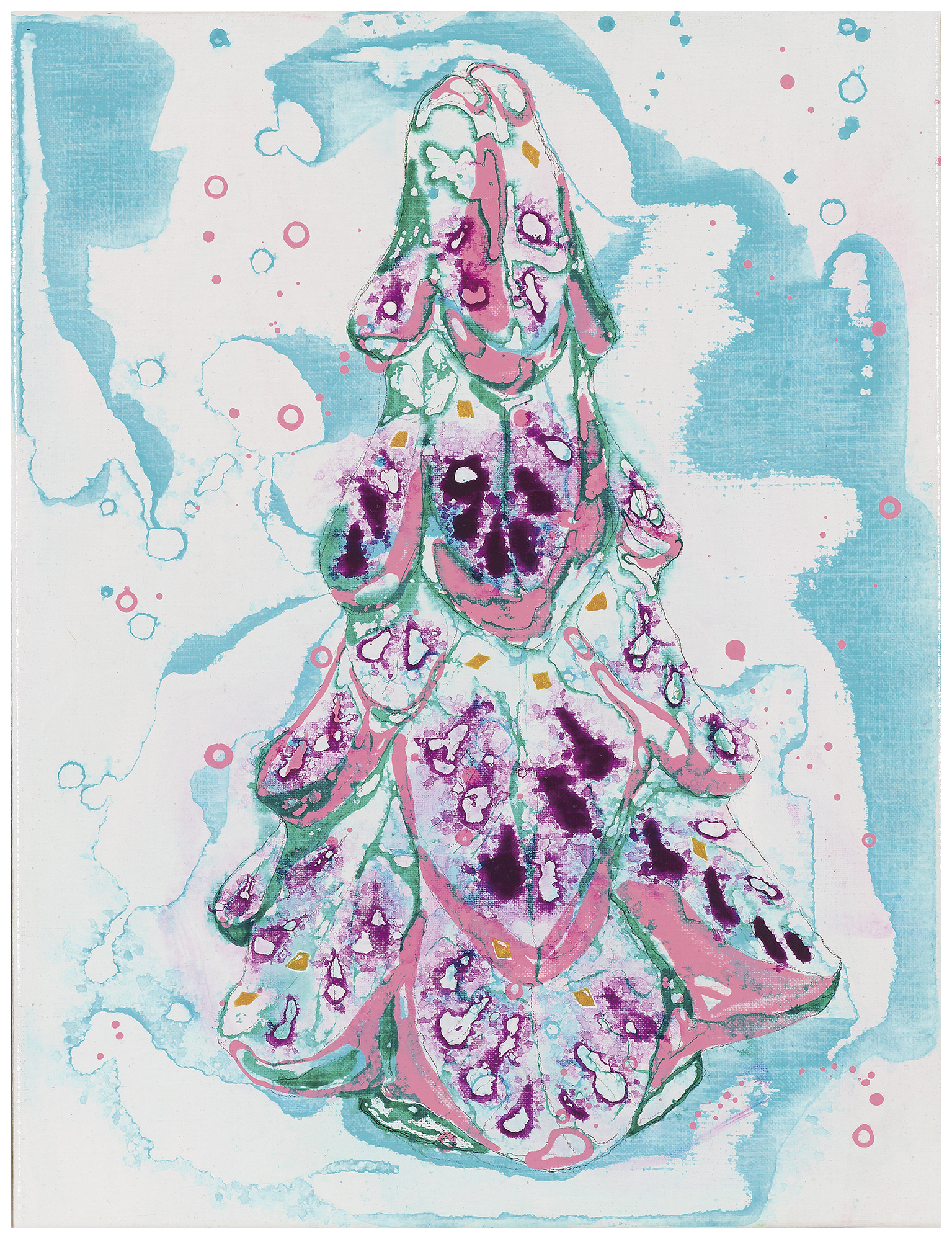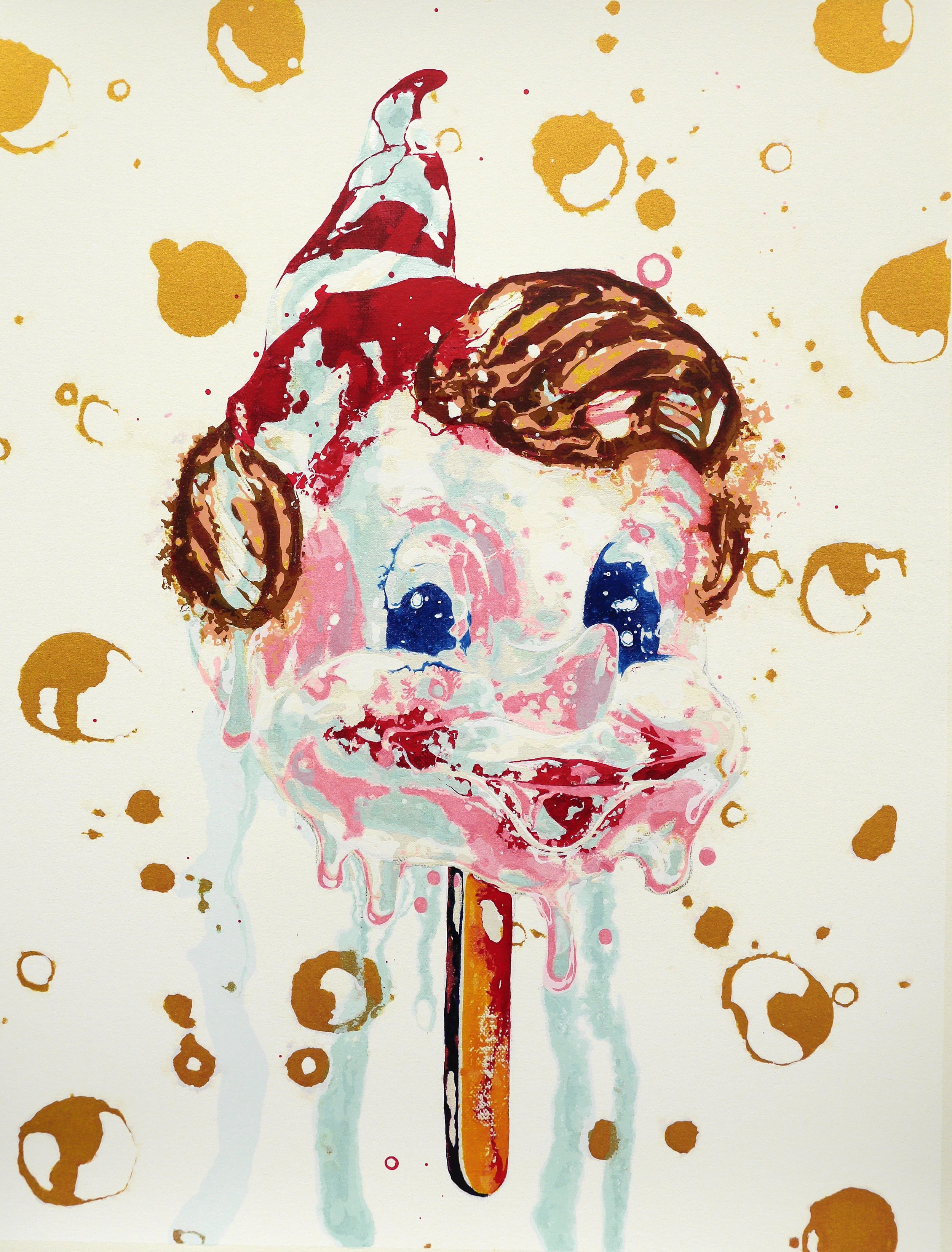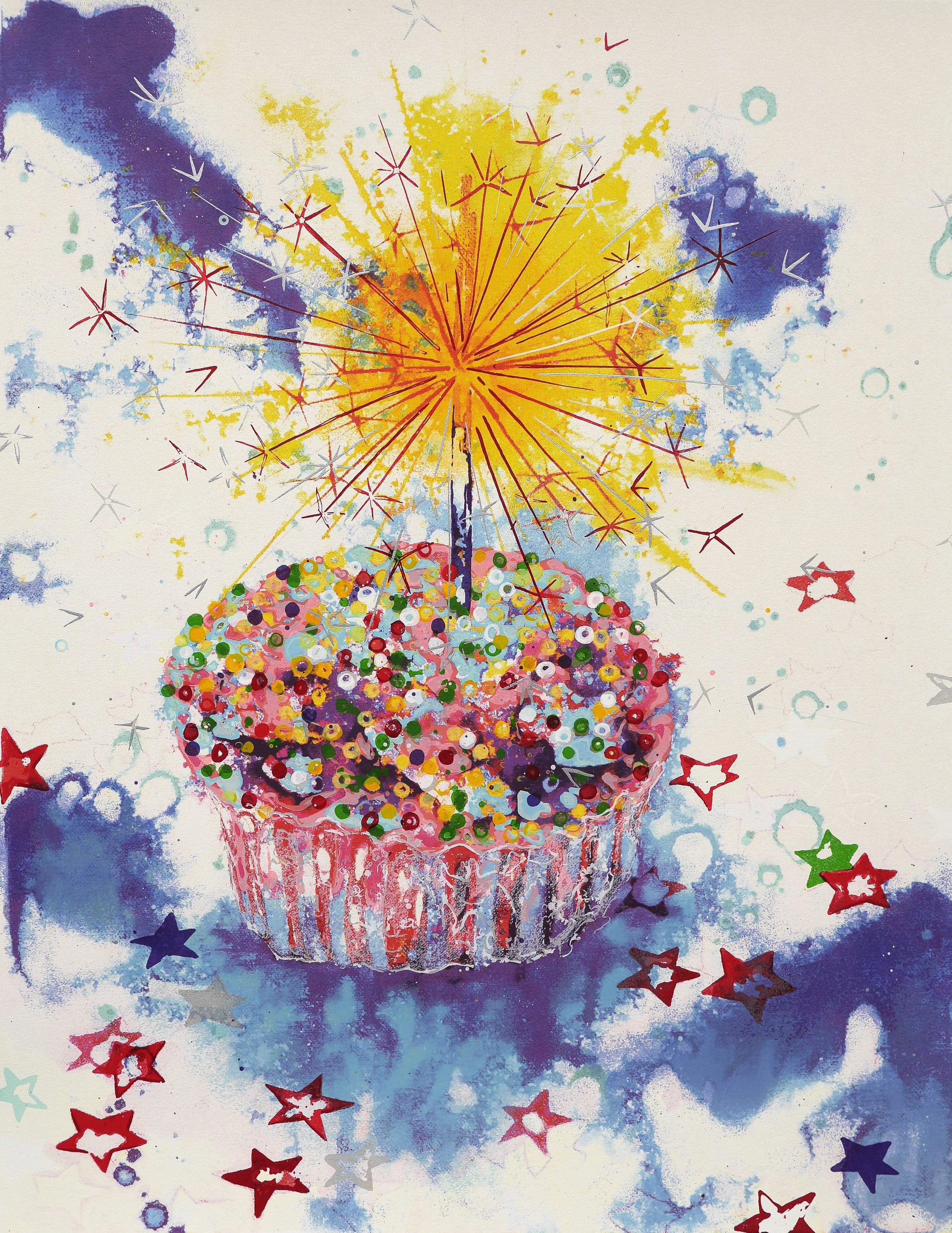The Spaces within the Spaces within the Spaces
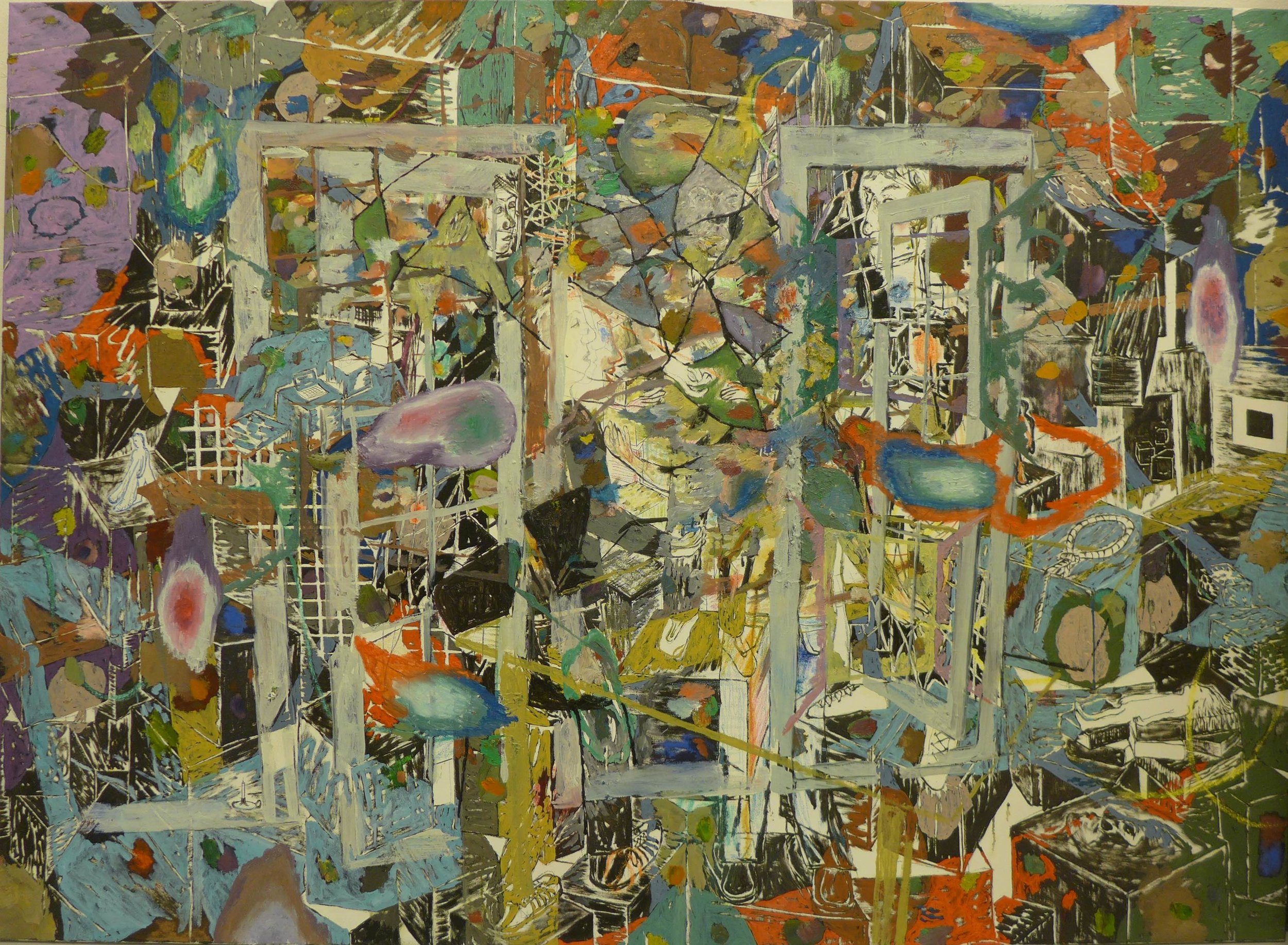
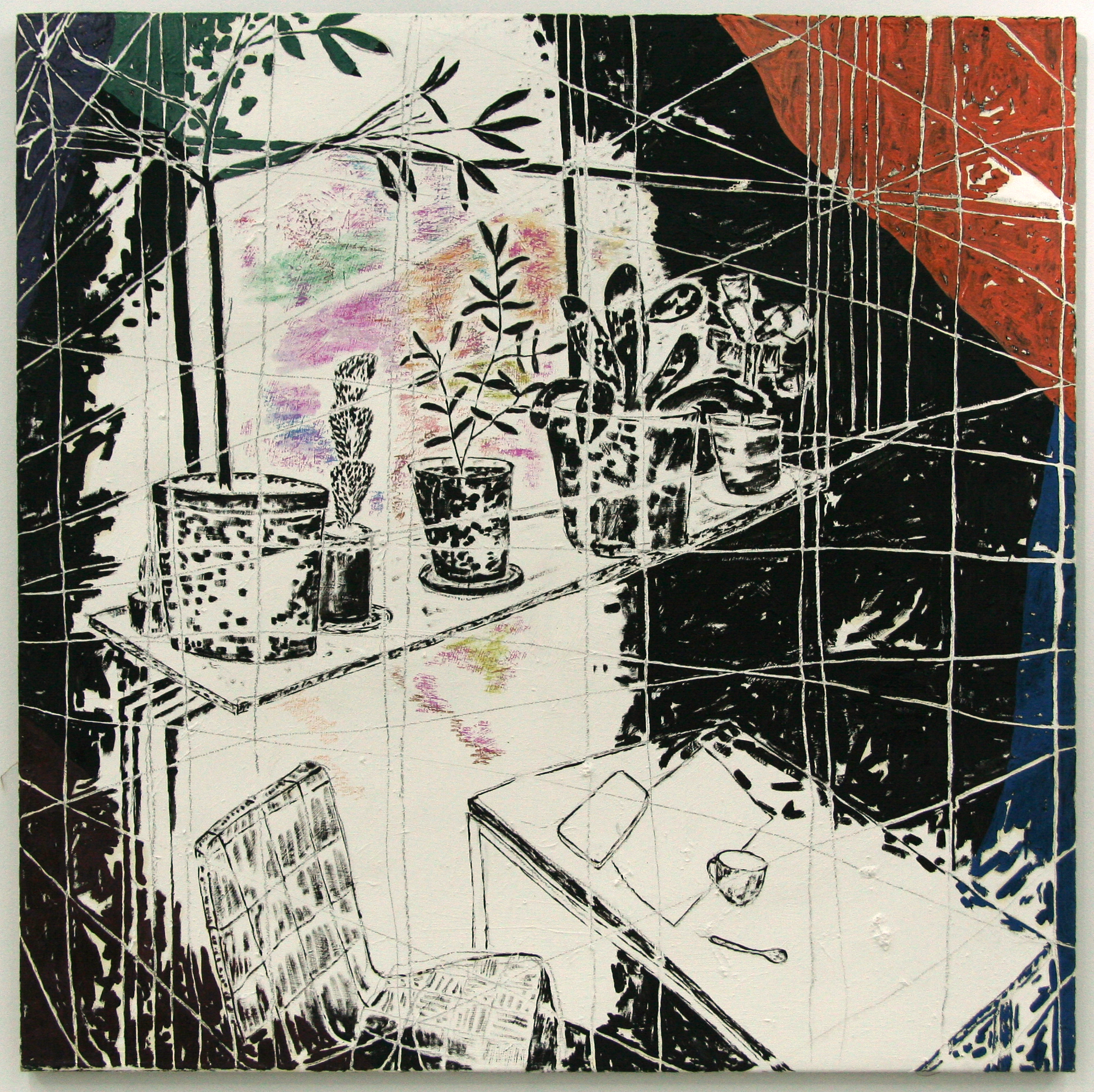

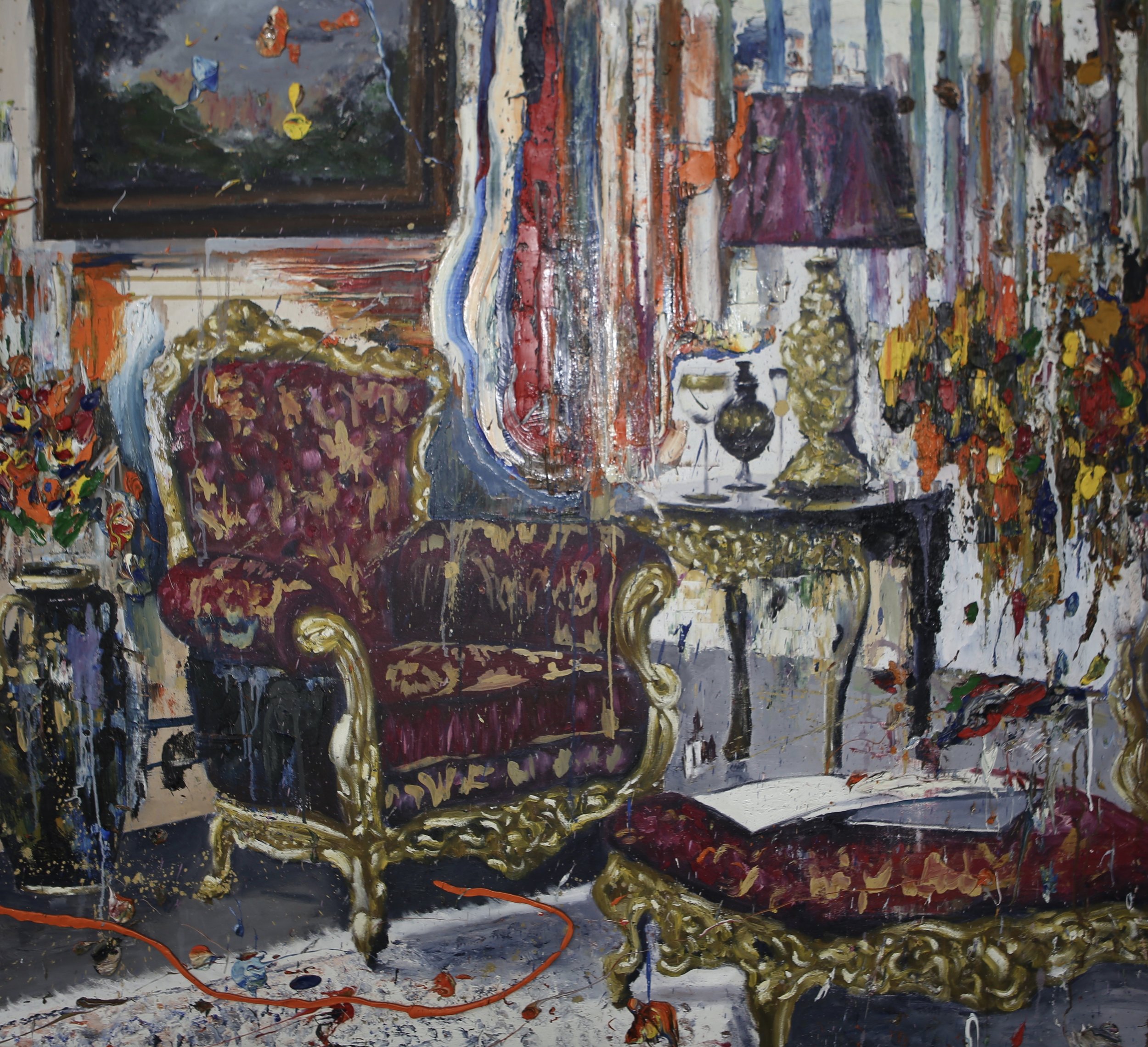

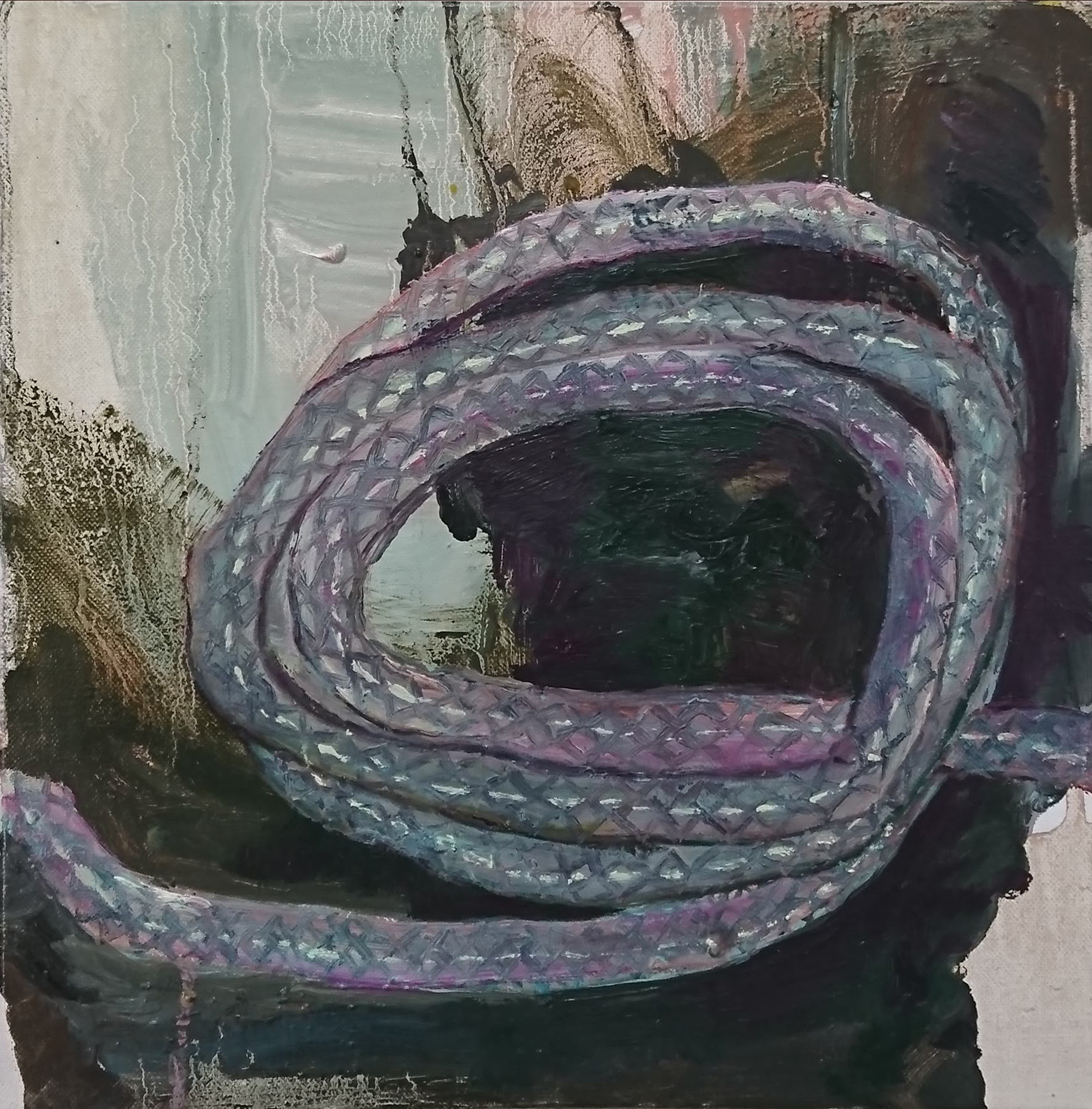
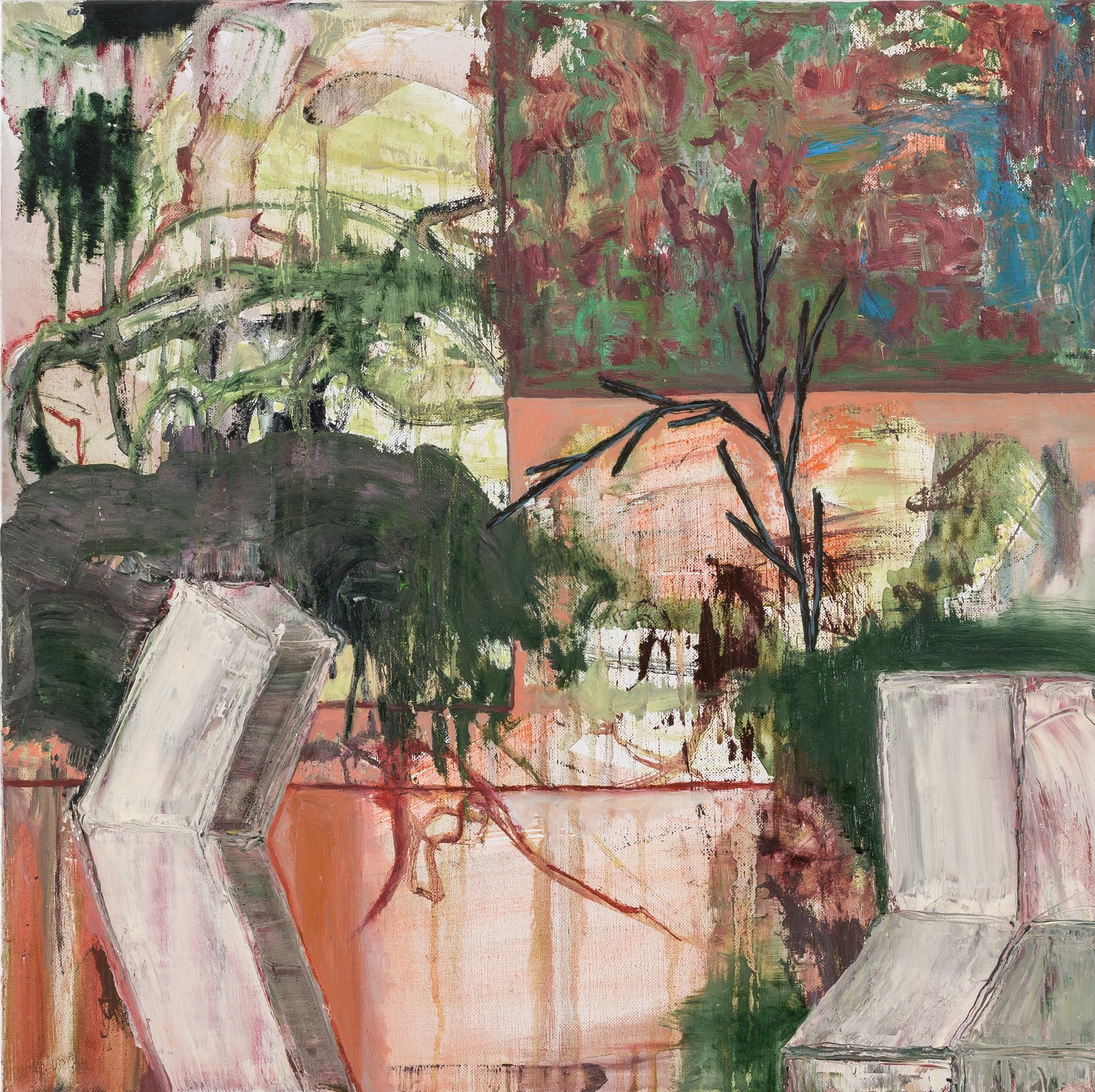
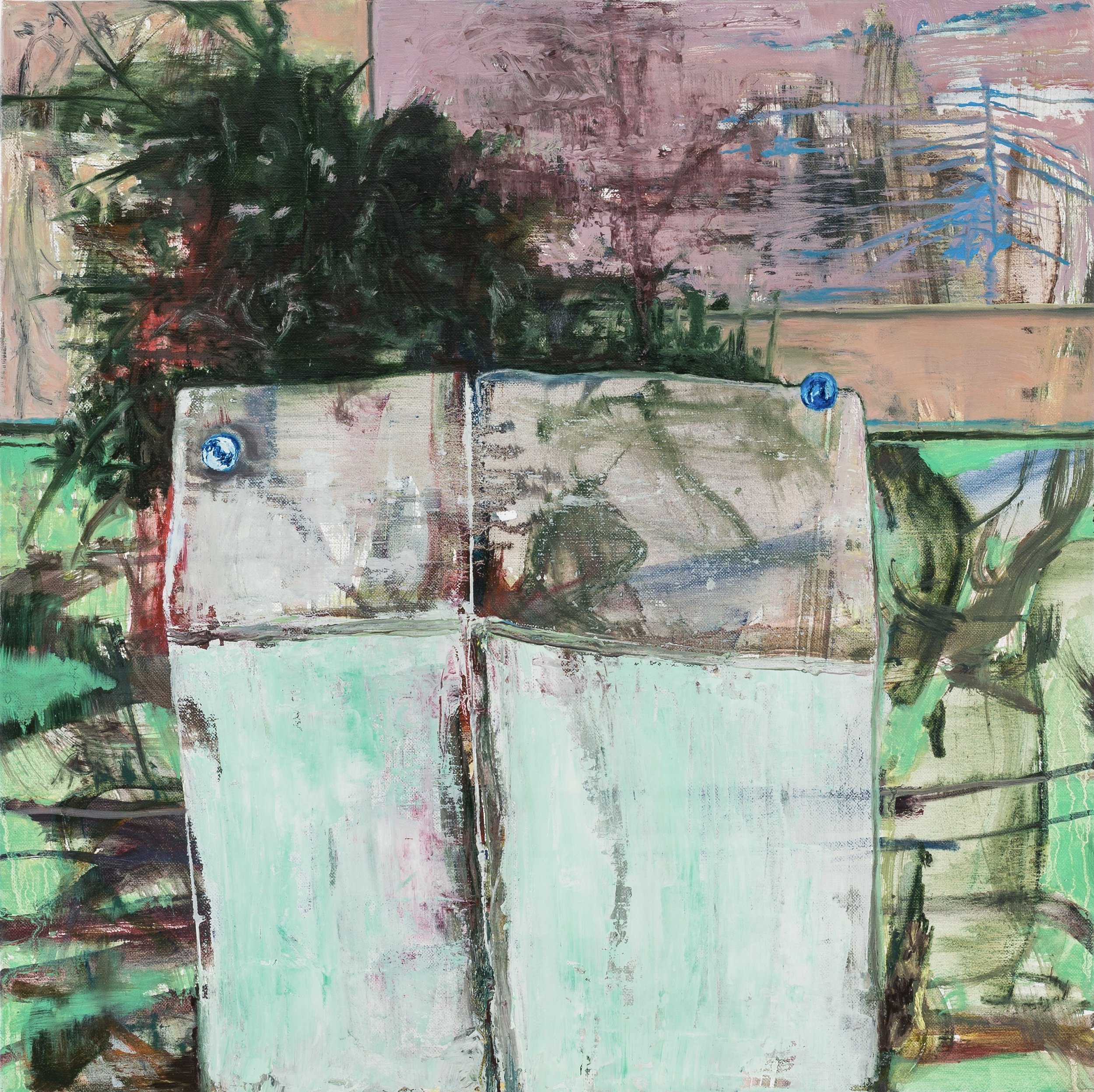
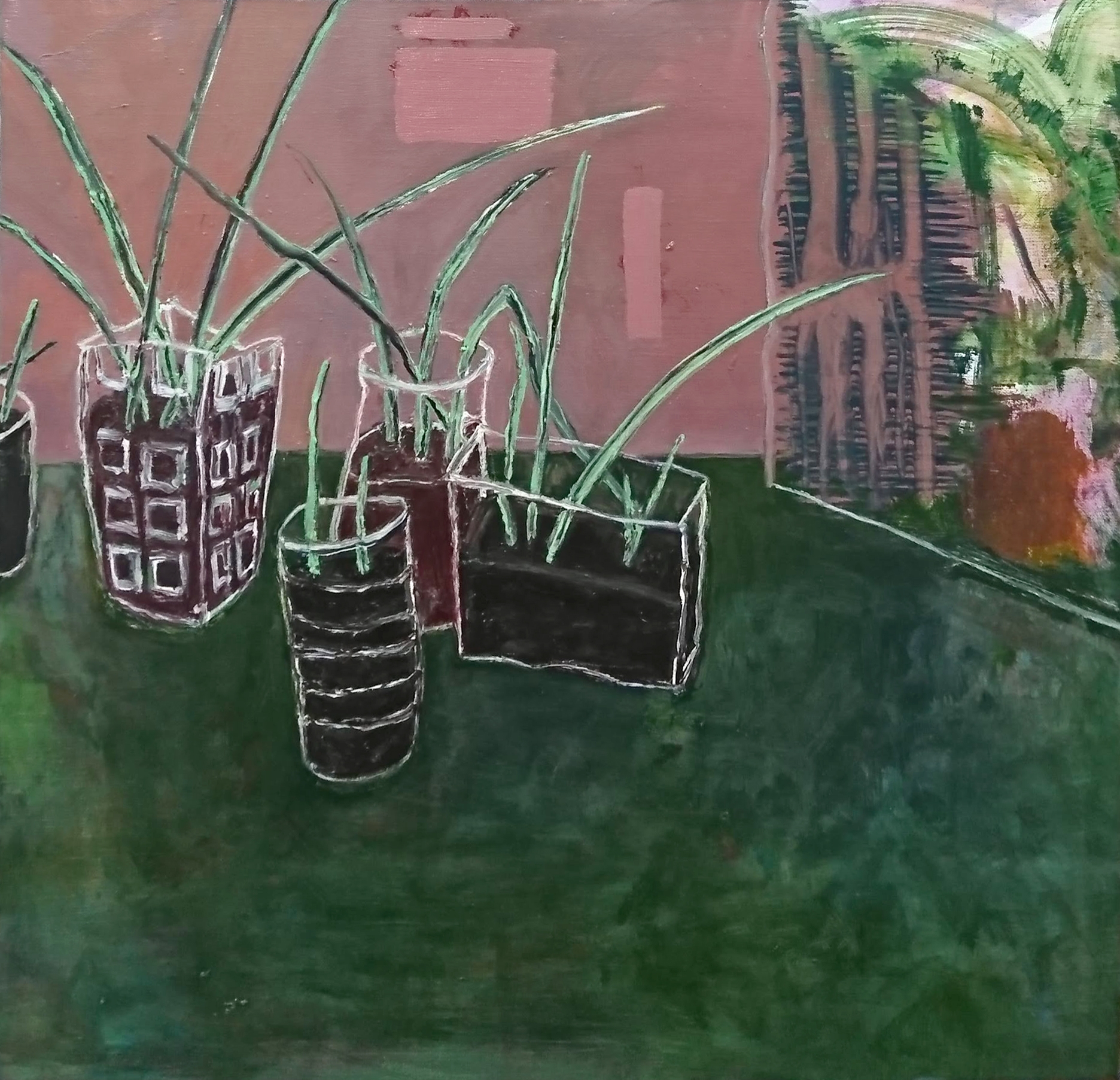
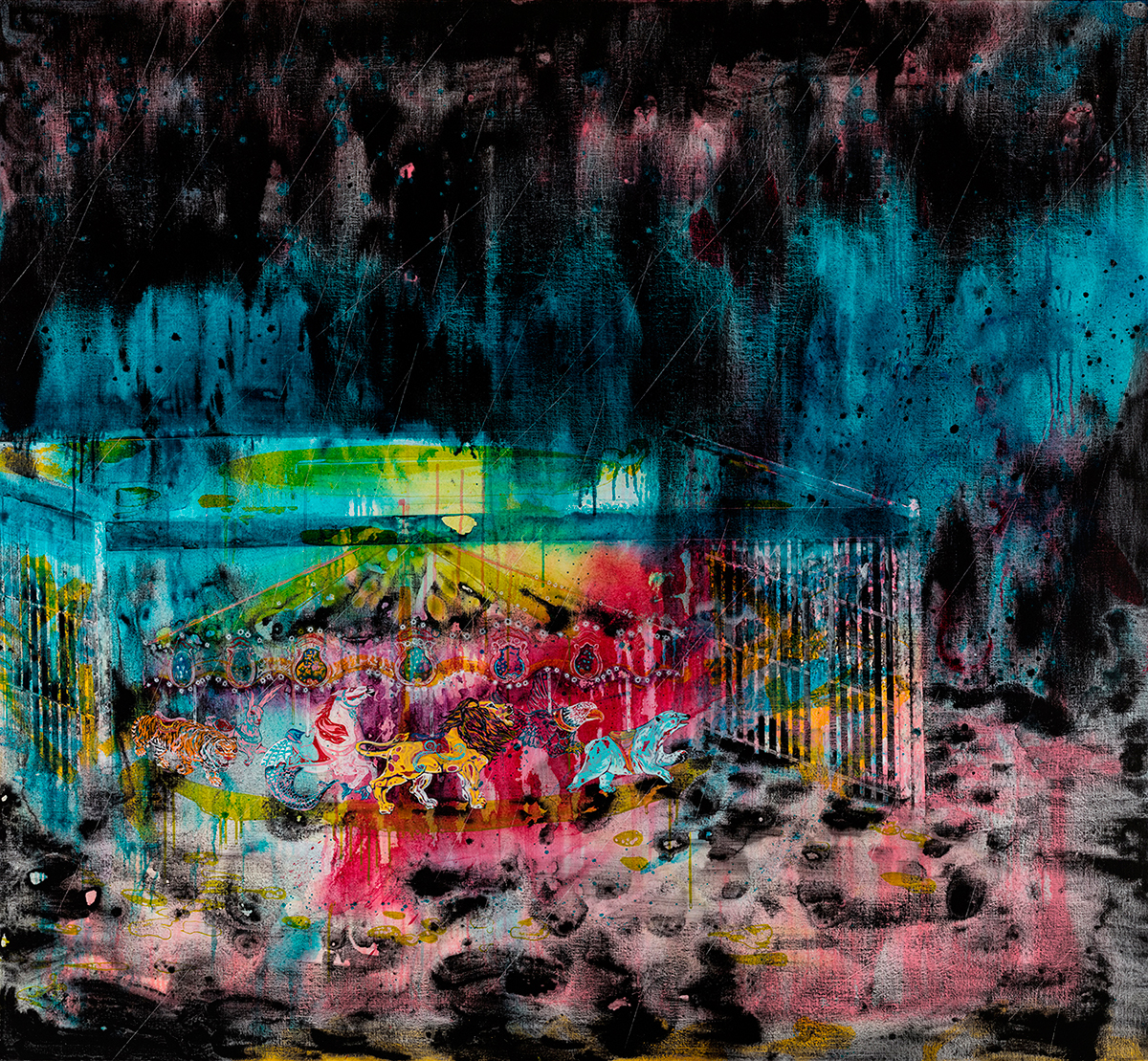

To welcome the coming year, NUNU FINE ART holds spectacular group exhibition every year in December. Responding to the elusive relationship between humans in current times, this year we invite four artists including Taiwanese artist Wang Liang Yin who known for his dark dessert artistic style, Danish artist Kaspar Bonnén having his place in Northern European contemporary art, Hong Kong young artist Cheng Ting Ting drawing a large attention from public, and legendary artist Joseph Tecson from Philippines. With all the different stories and sensory experiences brought by the four artists, we choose “The Spaces within the Spaces within the Space” as our exhibition name to thread the artworks together, which is the title borrowed by Camilla Jalving’s review about Kaspar Bonnén’s artworks written in 2006.
As a visual artist and writer, Kaspar Bonnén has started to experimented various art forms in order to express the relationship between individuals and spaces since the mid of ‘90s. In his paintings, what he tries to create is a multi-perspective polymer instead of a single or two-dimensional atom. Most of his works are referred to his house such as a kitchen sink, clothes and scattered objects. Many objects depicted by Kaspar – such as PH lamps and the chair designed by Arne Jacobsen – are common in people’s houses. Widely acknowledged by the public, these objects serve as cultural codes that make artist’s private life break away from domestic domain, entering into public field. The transference leads to the better connection between artists and audience, where individual privacy and public community coexist.
As far as spaces are concerned, Taiwanese artist Wang Liang Yin has his distinctive way of description. In her works, the recurrent blended strokes of cold and warm color tones emphasize the dual contradiction and interactive relationship between spiritual essence and material world. Wang Liang Yin considers objects to be the evidences of flow of emotions and thoughts but not merely representing the pure physicality. It is worth noticing that the objects are remaining the recognizable shapes though they have undergone lots of transformation, which at the process allows the audience to participate and to interpret the artworks by themselves. This attribute somehow implies that what we saw with our physical eyes is simply a surface formed by all the fake components in life. It is this kind of intellect rift across the truth and fake that makes the artistic style ambiguous but at the same open for any interpretations.
Cheng Ting Ting a young artist who draws a large attention from public in Hong Kong, prefers to choose daily sceneries as the themes of artworks. Through her keen and deep observation in daily life, she contributes personal experiences to the inspirations of her artworks, which has also influenced her life greatly. In this group exhibition, Ting Ting brings her newest artworks to us, where she makes all the objects in her artworks – such as sofas, tables, sinks and mattresses – not only a simple physical space but a life place where all the things are woven together. As a result, audience has to take the immediacy and intimacy into account, for the paintings of Cheng Ting Ting on one hand deliver the bodily experiences, and on the other hand uncover the mental memories in the framework of visual display.
The self-taught artist who has been active in Philippines, Joseph Tecson, developed an art style of his own even though he had never received a formal training. With crucial decisions about themes and objects settings, he often successfully reaches his goal of satire, as he considers painting a means of challenging the social norms. Under this structure, the understandings about spaces can be physical, emotional and empirical at the same time. Audience is given the right to actively take part in the artworks but not limited as a passive address who is often subordinated to the artworks, artworks and the exhibition place. Tecson’s paintings are based on the background of daily routines, but he applies plummeted and distorted linings and colors to cut off the readability in his works.
A closer look at these paintings reveals the metaphor wrapped in all the daily objects, in which physical spaces and places are not the only version of reality at the point. In the decision-making process, artists create an artistic language with the interaction between all the different spaces, objects and people. The broad and various perspectives embedded into artworks make audience also a participant in the whole exhibition. We audience are not excluded by artists’ private experiences but allowed to have our own readings. Therefore, NUNU FINE ART sincerely invite all of our friends to appreciate the group exhibition “The Spaces within the Spaces within the Spaces” in December. Best wishes for the thankfulness in 2018 and for the bumper harvests in the coming year.




